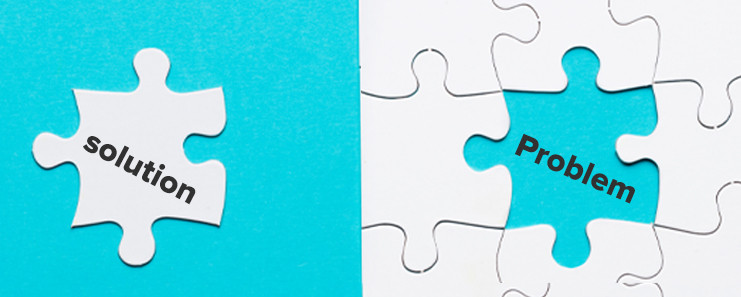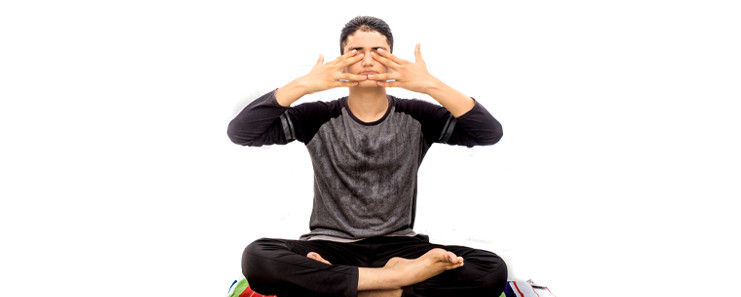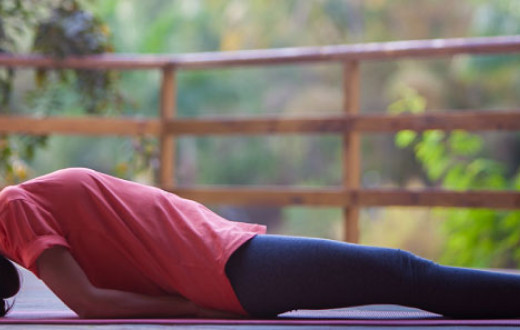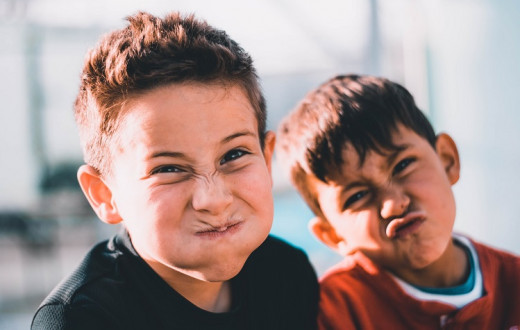
Do ideas come to you when you are in the shower or watering the plants with a restful mind? Or do they come when you are in a stressful meeting or on a busy road? People who have experienced novel ideas mostly pop up in a relaxed state of mind. Here’s why.
Our brains can’t be creative when we are all the time in the ‘action’ mode. When we are at peace, we achieve freedom from external stimuli for our brains to process information and establish connections. Thus, creativity happens.
Join a Free workshop on Yoga, Meditation and Breath
Why do we need creativity for kids?
People from all walks of life need creativity. To break the boredom, a mother cooks various dishes in a day. A father at work is involved in problem-solving. Creativity is essential to think out of the box. Children want academic improvement in their exams and excellence in their favorite sports/extracurricular activity. They need to look at problems and propose solutions from a fresh perspective.

As technological advancements and globalization accelerate, your children may face social, economic and environmental challenges. To navigate the uncertainties of the future and find solutions to problems, your children need to be creative. Accordingly, the United Nations has specified creativity and innovation in problem-solving as fundamental employability skills.
Condition your mind to relax and be more creative through this basic set of simple pranayamas and meditation.
Pranayamas
Humming Bee breathing technique (bhramari pranayama)

- (To know the meaning of the technique, the science behind bhramari pranayama, stepwise instructions to practice, preparatory and follow-up poses, variations, benefits, precautions and contraindications of the technique, please visit our blog Humming Bee breathing technique)
- Practicing the pranayama three to four times a day has a calming effect on the nerves, especially around the brain and forehead.
- Children can practice bhramari pranayama in a seated position or may lie down on their back or right side.
- Ensure your child’s finger is not inside the ear but on the cartilage.
- It gives instant relief from tension, anger and anxiety. Thus creativity can dawn on your relaxed children.
Alternate nostril breathing technique (Nadi shodhan pranayama)

- (To know the meaning of the technique, cause of obstruction in the nadis, science behind Nadi Shodhan, stepwise instructions to practice, benefits, contraindications, and FAQs of the technique, please visit our blog Alternate nostril breathing technique.)
- Ensure that your children do not make sounds and breathe from the mouth.
- Exhalation should be longer than inhalation.
- It helps harmonize the left and right hemispheres of the brain, which correlates to the logical and emotional sides of our personality.
- Nadi shodhan brings the mind back to the present moment.
- Inspire your children to do a short meditation after Nadi shodhan to increase creativity.
Meditation
Sri Sri Institute for Advanced Research states that creativity and innovation dawn when the mind is free from the usual chatter and thought cycles. Meditation reduces the number of thoughts. It activates a part of the nervous system responsible for relaxation. The nervous system creates new neural pathways and allows one’s innovation and creativity to surface.

There are short meditation techniques for kids to start with ease.
Guide your children to observe their incoming and outgoing breath for 2-3 minutes. Being with the flow of breath brings them to the present moment. Meditation helps children overcome the tendency of the mind to keep regretting or glorifying the past and getting anxious about the future.
“Meditation for kids - 7 short meditation techniques for children and teens”. To experience the benefits of meditation (age-wise segregated meditations), please visit our blog.
The world’s most effortless meditation program Sahaj Samadhi Dhyana Yoga takes you from effortlessness to restfulness.
Mantra chanting or Mantra meditation
Research suggests that chanting mantras or shlokas improve children's performance intelligence quotient (PIQ). High creativity requires an above-average intelligence quotient. Therefore, the Sanskrit mantra or shloka chanting is a good exercise for children to improve their creativity.

The world’s most effortless mantra-based meditation program Sahaj Samadhi Dhyana Yoga takes you from effortlessness to restfulness.
To conclude
A rested mind has a higher potential to learn new things and reveal more creative ideas. Each kid will benefit from different techniques, so it’s essential to encourage them to experience yoga, meditation, pranayamas, and mantra chanting.
Please share this post to help raise awareness.
Based on inputs from Gurudev Sri Sri Ravi Shankar.
Written by: Pratibha Sharma
We’d love to hear from you!
Write to us @artofliving about what were your children's experiences practicing these pranayamas, meditations and chanting for creativity.
Reference links
Children’s creativity - A study by Research Gate.
Chanting mantras or shlokas improves children's performance intelligence quotient (PIQ).
Related links
The significance of the Gayatri Mantra & its meaning by Gurudev Sri Sri Ravi Shankar.
What is the science of Vedic mantra chanting? Know more about the impact of vedic mantras on the body, brain and mind with Divya Kanchbotla and Alka Vishwas Mulki.
FAQs
- Mantras have a positive effect on our limbic brain functions.
- It activates the prefrontal cortex, thus increasing your alertness, perception and communication.
- The hippocampus of the brain gets developed thus and improves your memory.
- The vagus nerve gets activated to strengthen the nervous system and overall health.
The Art of Living Children and Teens programs revolve around yoga, meditation, and pranayamas for children based on their age. Prajñā Yoga - Intuition Process unlocks the sixth sense in children (from 5+ up to 18 years) that helps in creativity and decision-making. You can visit our website to learn more.












